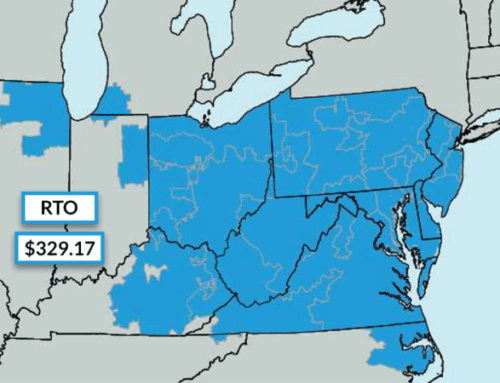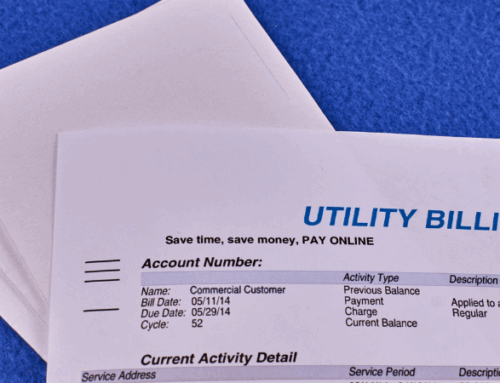Did you know that you are paying a premium to your retail electric supplier for your fully-bundled fixed rate? Many energy customers do not realize that their simple, fixed electric rates come with several hidden costs. The largest users of electricity in the country tend to unbundle their electricity supply to avoid rate premiums from energy suppliers. In this article we will explore fully-bundled fixed electric rates and their associated costs.
Fully-Bundled Electric Rates
First, let’s explore the makeup of a fully-bundled electricity rate. Now, whether you are aware of it or not, most electricity rates are marketed and sold in this manner. A fully-bundled rate includes the three major costs:
- Electricity
- Transmission
- Capacity (in some states)
If your business is located in a deregulated energy state, and you purchase your electricity from the local utility company or an energy supplier, you are paying all of these costs in your total price for electricity. Now, let’s explore how these costs are calculated.
Electricity Costs
The electricity costs in a fully-bundled fixed price are simple and straightforward. These are the costs for the physical electric commodity, which your business is consuming. When you sign up for a fixed-rate contract with an electricity supplier, the supplier turns around and locks in their costs to purchase that electricity in the wholesale market by utilizing futures and forward contracts. This allows the supplier to accurately predict their costs throughout the term of the energy contract.
Transmission Costs
Transmission is the cost of transmitting electricity from the power plant to the local electric utility company. Unlike the electricity component in a fixed rate, transmission cannot be pre-purchased by the energy supplier. Transmission costs are determined by a customer’s monthly peak kW demand and can fluctuate based on actual energy consumption.
Capacity Costs
Capacity charges are collected by utility companies and energy suppliers and remitted to the electric grid operator. These charges are designated for electricity generators so that they are incentivized to produce power, even during unprofitable hours. This allows for certainty in the electricity markets and limits potential blackouts from occurring. Similar to transmission, capacity costs are based on an individual customer’s peak electricity demand each Summer. These costs are forecasted based on previous usage and cannot be hedged in a futures market the same way electric commodities are purchased.
Fully-Bundled Electric Rate Premiums
Electricity suppliers assume a great deal of risk by offering a fully-bundled rate for electricity to their customers. Because only a certain portion of the costs can be hedged, energy suppliers add additional risk margin to these rates to protect themselves against large swings in unanticipated transmission and capacity costs. Customers benefit from paying these premiums by having a simple, fixed price for each kilowatt hour consumed under the term of the contract. The energy supplier assumes the risk of the market on behalf of the customer.
Large Energy Consumers And Unbundled Electric Rates
Many larger consumers of electricity elect to unbundle their power prices. Rather than pay a risk premium for a single, fully-bundled fixed rate, these consumers choose to pass through transmission and capacity costs on their electricity bills. Although this can be a more complex product to understand, it can have great financial benefits to the end user. Eliminating electric rate risk premiums on millions of kilowatt hours could equate to tens of thousands of dollars per year in savings.
When purchasing hybrid electricity supply products, such as block + index and fully-index products, customers almost always pay for transmission and capacity at actual cost. The benefits to doing so in addition to eliminating risk premiums include reduced costs as a result of energy efficiency projects. Remember, transmission and capacity are calculated based on peak kW demand. If a customer lowers their energy demand through a demand response program or commercial solar project, they can also benefit from lower supply prices in this manner.
Want To Learn More About The Different Types Of Electricity Rates?
Our team of energy market experts has over 100 years of combined experience structuring electricity supply products for our commercial and industrial customers. A fully-bundled fixed electricity rate might not be the best option for your business based on your energy usage profile and risk requirements. Contact us today to learn more about your different electricity supply options.



